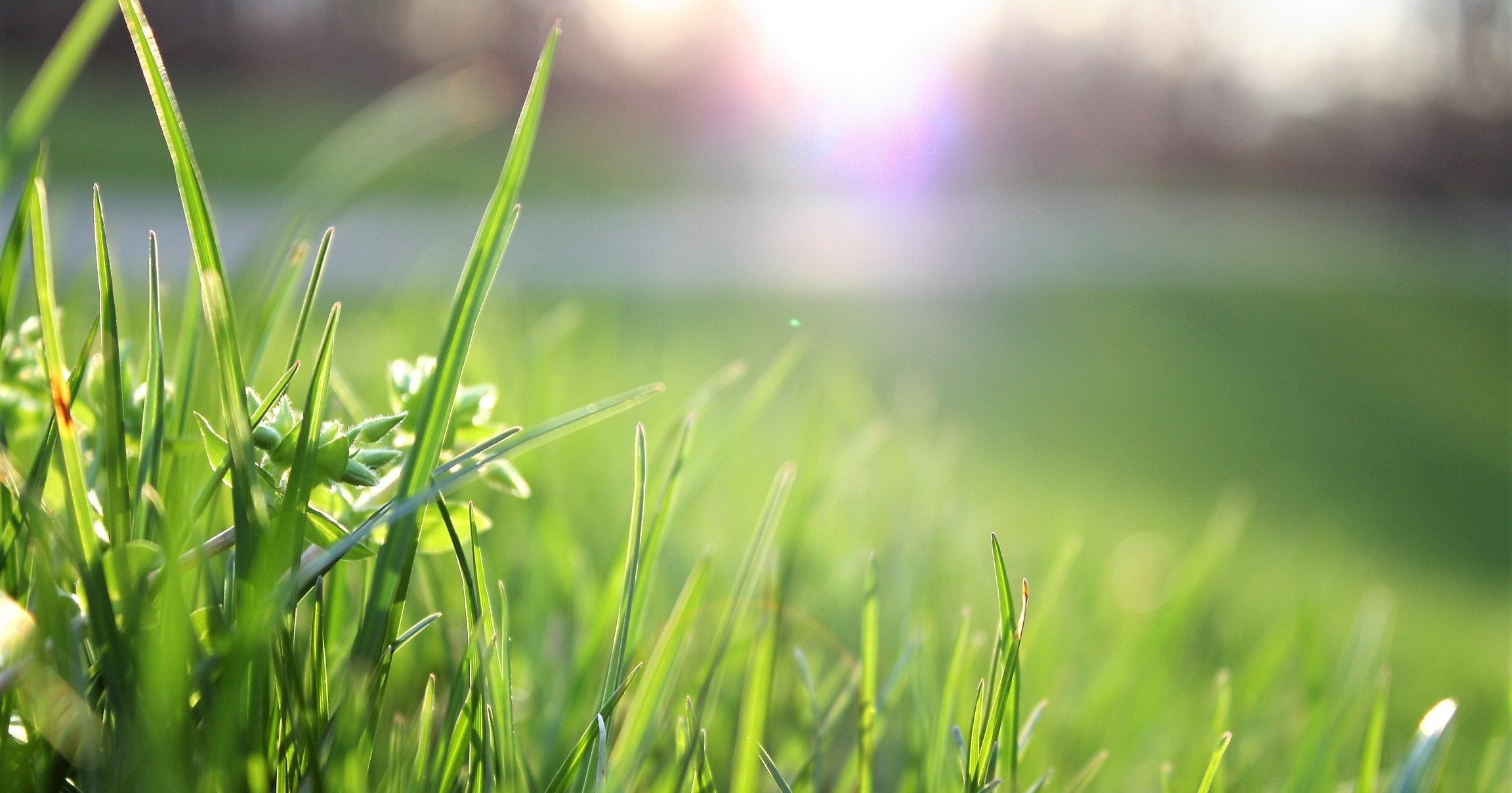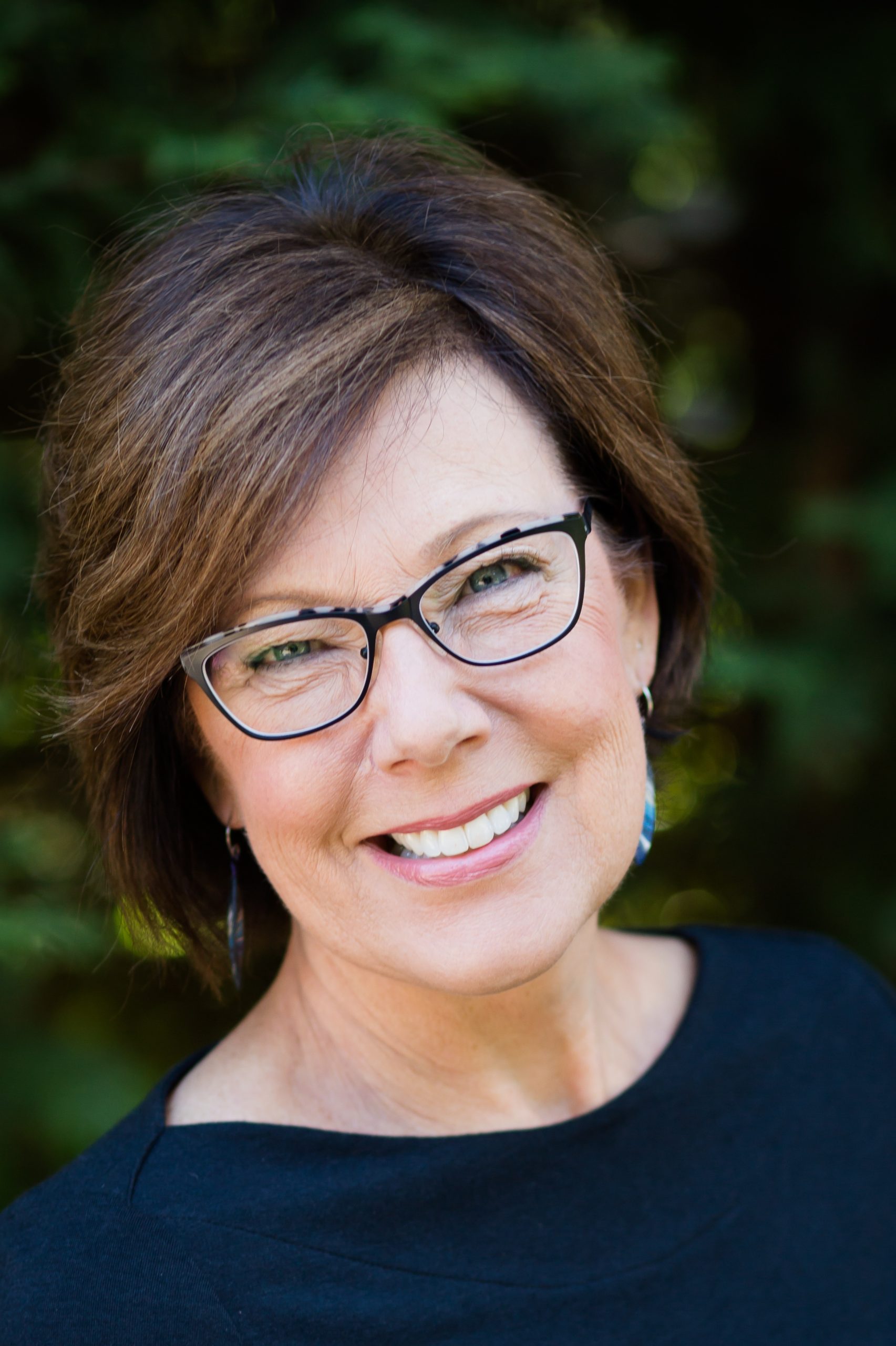AB Direct - Steers
Rail: 428.00 del
AB Direct - Heifers
Rail: 428.00 del
US Trade- Steers
Rail: ---
US Trade - Heifers
Rail: ---
Canadian Dollar
0.10

From the ground up – Grazing 101
Where ever your feet are planted – they stand on the future of the beef business.
It is the soil that is foundational to the long-term resiliency of our farms and ranches, supporting healthy herds and cattle feeding operations. Grazing management has to compliment that soil and build it up; be that in hard or cool grass country, special areas, forestry or under irrigation. And though there is plenty of information on what to plant and how to move cattle, grazing and forage choices are very personal decisions based on a multitude of factors.
Start with an inventory of the resources available to you in terms of land access and soil type, equipment, water, fencing supplies, seed, money and human contribution. Consider the summer and fall stocking rate that you would have to to make a system work without compromising the stand or the land. This may lead to tough decisions that were not previously part of the picture such as an adjustment in inventory or an investment in pasture establishment or cereal grazing.
The best investment is in the tools to make a system work, particularly fencing. Regardless of the size of the farm or ranch, a design can be created where the majority of pastures are at rest. Cattle may be moved daily under irrigation or at longer intervals in a paddock or forestry design. There isn’t a set timer for this – grazing right is an exercise in observation. The goal is to match the livestock density with the plant growth and ensure that the majority of the paddocks are resting. It is best to aim for a very biodiverse stand that maintains palatability either throughout the season or is at peak when the livestock arrive to graze in the rotation.
A basic principle is to never graze below the crown of the plant and it is this practice that is central to successful pasture management. Grazing systems are not designed for their architectural structure, rather to add value to the health of the plant and the regeneration of the soil. Leaving half the plant above the ground stimulates root growth. The top mass through photosynthesis then captures carbon providing energy back to the plant.
When the rain turns off it may be tempting to leave the cattle graze a little longer but this is a terminal decision for the stand. In drought or in times of heavy rains, let livestock clip the top which stimulates the plant and then move them out, speeding up the rotation until the weather changes and the paddock can support the appropriate livestock density.
The cost of forage, grass and cereal seed is a shocker this year and when resources are not there for a full compliment of forages, it is quite right to start with a couple of annuals that establish well in your area, perhaps under-seeding with perennials. In the decision process for perennials, take into consideration the longevity of the species, as some new varieties have a shorter life span. A strained budget does not preclude a lack of improvement, it simply modifies the plan to match the year.
As the plants emerge, observe if they are compromised and if so hold off on turning out the livestock. Dig in to see what is happening below the surface in terms of moisture and root strength and use your judgment in favor of the long-term goals of building plant and soil health.
Clean water, treating, sorting and loading areas, equipment access, sunlight for solar systems, protection and shade for the cattle – are all part of the strategy. Keeping the system simple and highly functional allows for the cattle to move through the design with positive reinforcement. They often will come to you which makes grazing fun and reduces the stress for both humans and bovines.
If you love your livestock – you’ll be loyal to your soil. Keeping the health of the plant and the soil as the primary focus builds a resilient grazing system, from the ground up.


